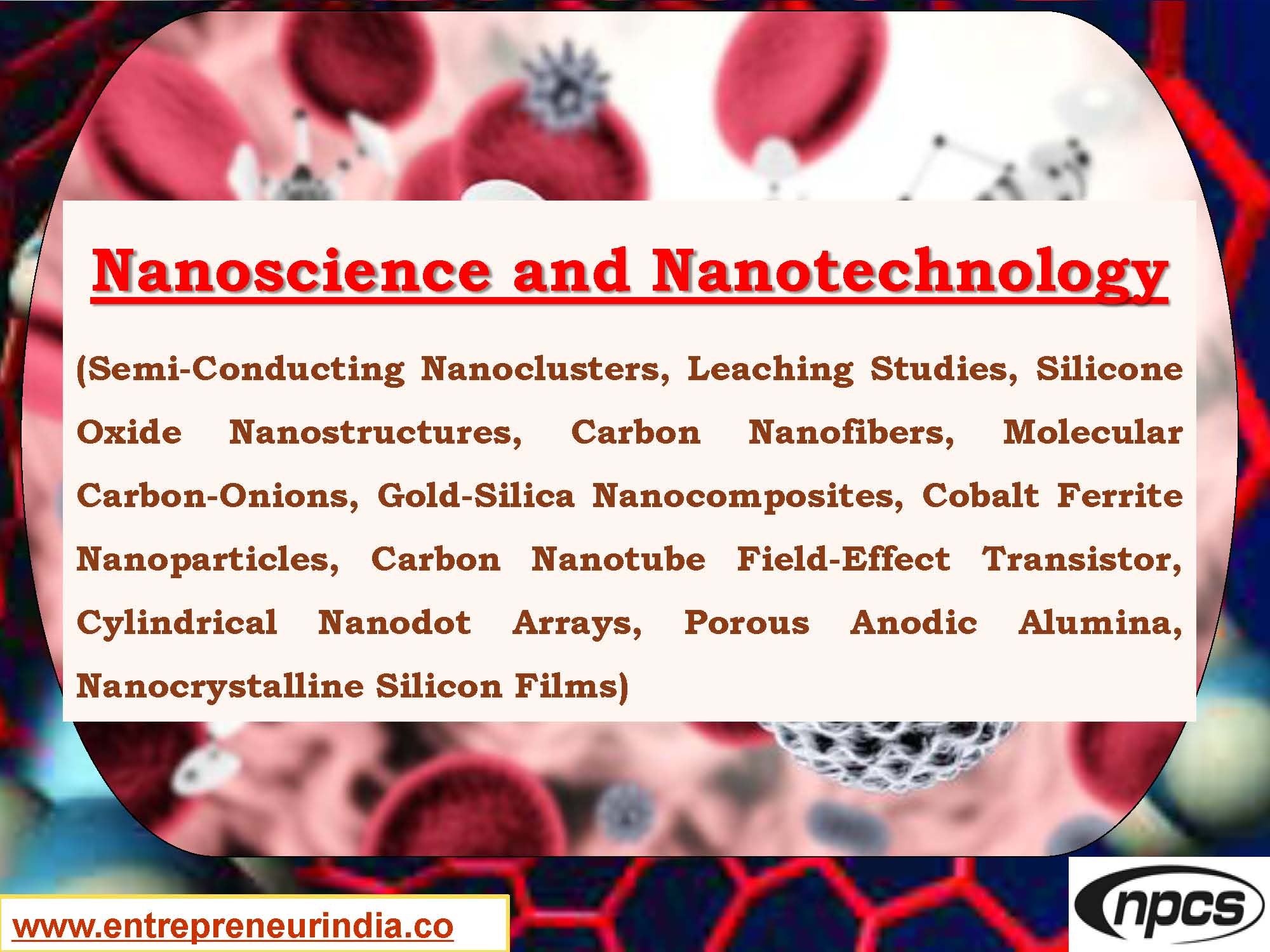
In recent years, nanoscience and nanotechnology have opened new frontiers in the design and development of advanced materials. These fields explore and engineer matter at the nanoscale—where quantum and surface effects dominate—leading to exceptional chemical, optical, and magnetic properties. Moreover, innovations such as semiconducting nanoclusters, carbon nanofibers, and gold–silica nanocomposites are reshaping diverse industries including electronics, medicine, energy, and environmental engineering. As scientists deepen their understanding of these nanosystems, new pathways emerge for sustainable design and high-performance functionality. This article explores breakthrough nanomaterials and their potential across several scientific and industrial domains.
Advanced Materials in Nanoscience and Nanotechnology
The explosive growth of nanoscience and nanotechnology is largely driven by the discovery of novel nanomaterials with unprecedented performance characteristics. These materials are typically engineered at the atomic or molecular level, where properties such as conductivity, reactivity, and strength differ dramatically from bulk materials.
Read More :cold chain systems
Semiconducting Nanoclusters and Their Optical Applications
Semiconducting nanoclusters are tiny particles, often a few nanometers wide, that exhibit discrete electronic energy levels. Their unique optical properties, including size-dependent band gaps, make them ideal for solar cells, photodetectors, and quantum dots. Materials like cadmium selenide or indium phosphide form stable nanoclusters that can be tuned for specific wavelengths. Furthermore, their photostability and emission capabilities are enhanced through surface passivation techniques. These structures illustrate how nanoscience and nanotechnology enable precise control over photonic behavior, offering more efficient and flexible solutions for optoelectronic applications.
Leaching Studies of Nanomaterials: Safety and Stability
Leaching studies are essential to understanding the environmental and biological impact of engineered nanomaterials. These studies assess the release of nanoparticles or their ionic components into soil, water, or biological tissues. For instance, silver or zinc oxide nanoparticles used in textiles and cosmetics may leach under certain pH or temperature conditions, raising concerns about toxicity. Through systematic testing, researchers ensure that nanoscience and nanotechnology support not only performance but also sustainability and safety. Regulatory agencies now increasingly demand such assessments before approving nanoproducts for commercial use.
Silicone Oxide Nanostructures and Dielectric Uses
Silicone oxide nanostructures offer outstanding dielectric properties and thermal stability, making them indispensable in microelectronics. These nanomaterials are widely used as insulating layers in semiconductor devices, printed circuit boards, and integrated chips. Moreover, their nanoscale porosity and surface energy can be engineered for use in sensors and filtration membranes. Thanks to nanoscience and nanotechnology, these oxide nanostructures can now be patterned with atomic precision through advanced lithography or sol–gel techniques, enabling next-generation device miniaturization.
Carbon Nanofibers and Molecular Carbon Onions
Carbon nanofibers (CNFs) are cylindrical nanostructures with excellent electrical conductivity, tensile strength, and thermal resistance. They are widely applied in composite materials, batteries, and aerospace structures. On the other hand, molecular carbon onions—spherical, concentric shells of carbon resembling an onion—offer high surface area and are promising for supercapacitors and lubricants. These carbon-based nanostructures combine lightweight design with robustness, demonstrating how nanoscience and nanotechnology contribute to materials that are both efficient and scalable across various industrial domains.
Gold–Silica Nanocomposites: Medical and Catalytic Potential
Gold–silica nanocomposites combine the biocompatibility of silica with the unique plasmonic properties of gold. These materials are widely used in biomedical imaging, drug delivery, and photothermal therapy. In catalysis, the large surface area and synergistic interaction between gold nanoparticles and silica matrices enhance reactivity and selectivity. Furthermore, the composite structure protects gold particles from sintering at high temperatures. Such multifunctional materials reflect the versatility of nanoscience and nanotechnology, where hybrid systems can be engineered for both therapeutic and industrial performance.
Cobalt Ferrite Nanoparticles: Magnetic and Structural Benefits
Cobalt ferrite nanoparticles are magnetic nanostructures with high coercivity, thermal stability, and mechanical strength. Their applications range from magnetic storage and spintronics to targeted drug delivery and biosensors. Additionally, they can be integrated into polymer matrices to create magneto-responsive materials. Advanced synthesis methods such as sol–gel, hydrothermal, or co-precipitation allow precise control over particle size and distribution. These features highlight the role of nanoscience and nanotechnology in designing functional magnetic materials for smart and responsive systems.
See Also : Dyestuff & Pigment Projects
Conclusion
The dynamic realm of nanoscience and nanotechnology continues to unlock transformative innovations across fields as diverse as energy, healthcare, and environmental protection. From semiconducting nanoclusters and gold–silica nanocomposites to carbon nanofibers and cobalt ferrites, each material brings a unique set of properties that drive performance and precision. Moreover, leaching studies and structural analyses ensure these nanostructures meet safety and sustainability standards. As research progresses, the integration of these materials into commercial systems will accelerate, shaping a future defined by nanoscale intelligence and efficiency. Investing in nanotechnology today is a strategic step toward tomorrow’s advanced solutions.





